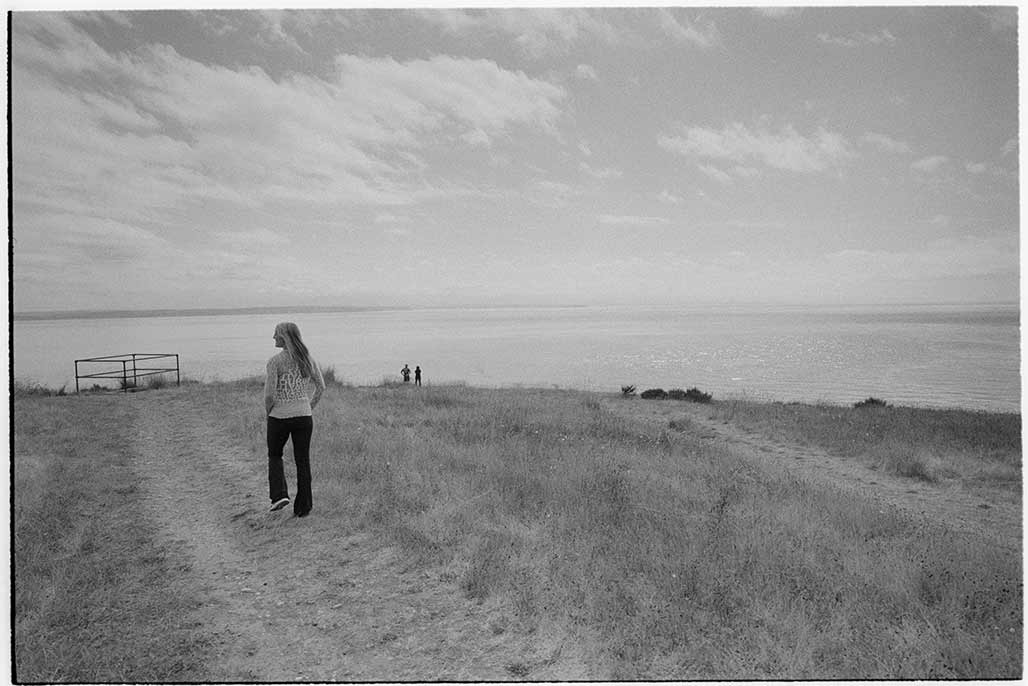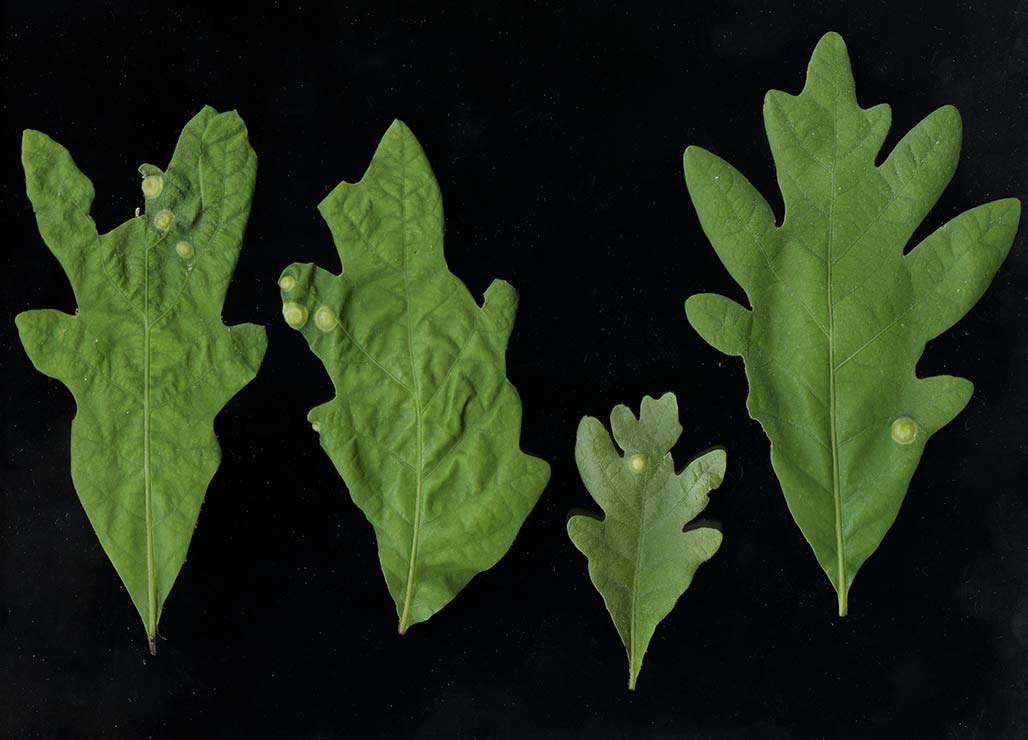

photography from the Chesapeake Bay watershed by Bill Emory



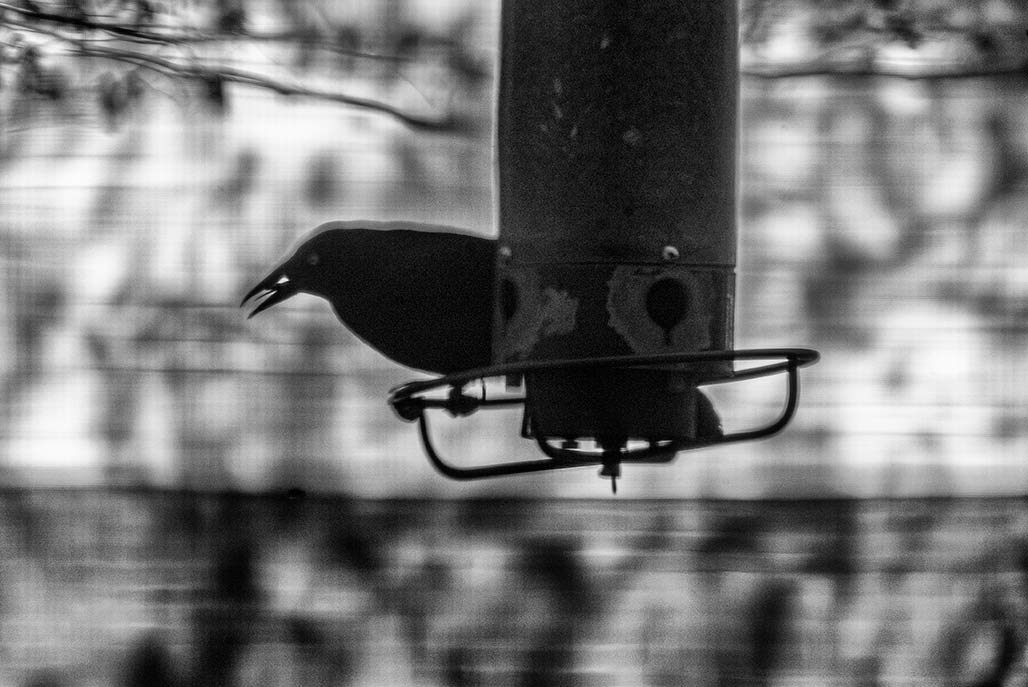



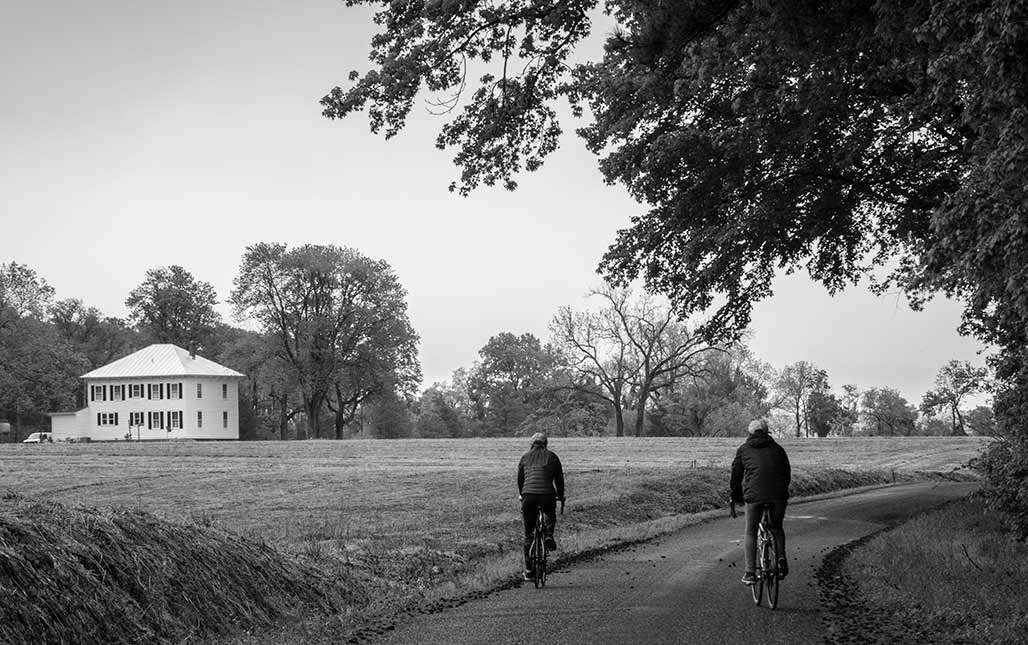
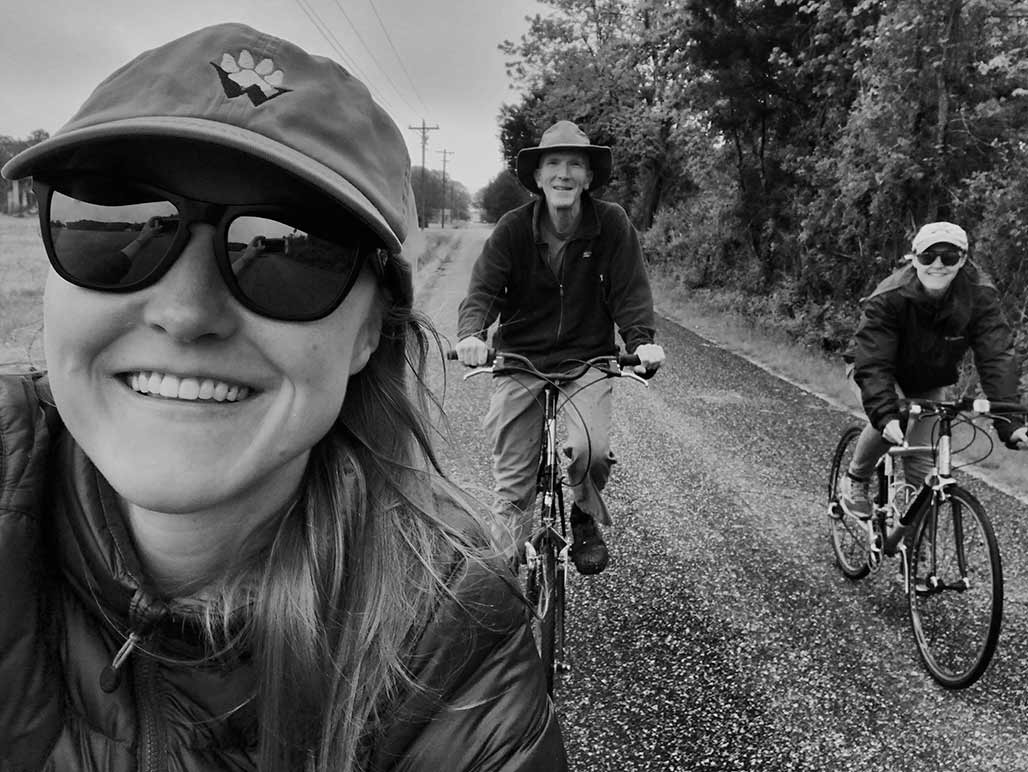
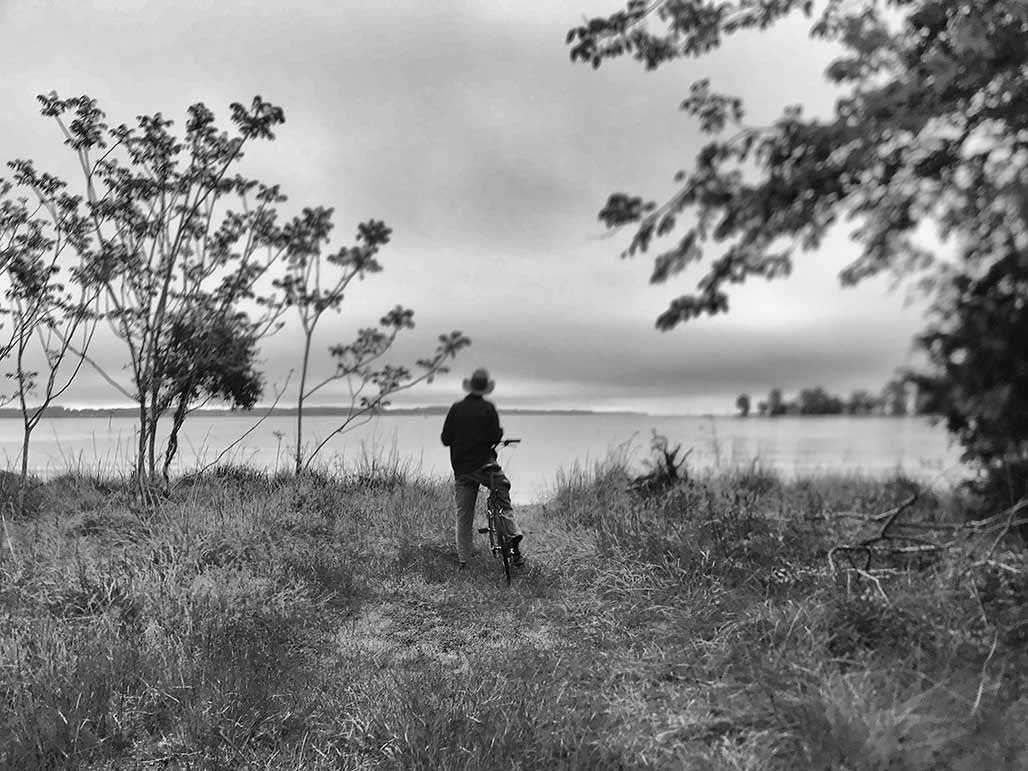


I own a solace shut within my heart,
A garden full of many a quaint delight
And warm with drowsy, poppied sunshine; bright,
Flaming with lilies out of whose cups dart
Shining things
With powdered wings.–Amy Lowell Behind a Wall 1912

Gray Coale and Sassafras Albidum at Swan Point

